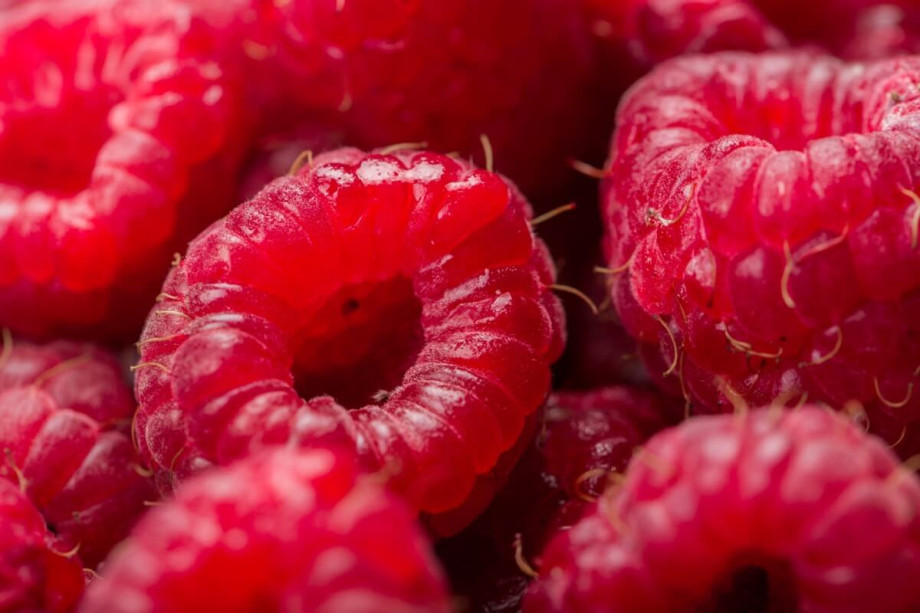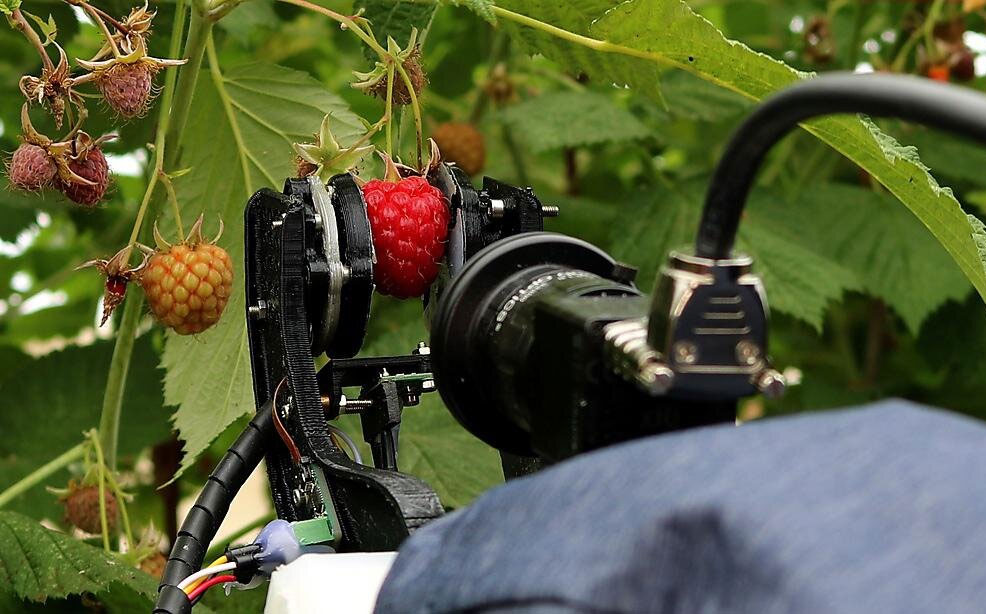After a weak start to the raspberry supply season in June, red berries have been advertised more frequently since July than in 2022, with steady growth week after week.
Due to reduced supplies from German production areas, the use of imports was higher than in previous years. But how are the prices of promotional products developing?
Starting at Easter, raspberries were highly represented in the advertising brochures of food retailers during April and May compared to previous years, until the harvest quantities became scarcer as the season shifted from Southern to Central Europe.
With the start of the outdoor harvest in south-west Germany, the number of promotions increased again significantly from the beginning of July. Up to and including week 30, raspberries were promoted 456 times in food distribution, about 50 more promotions than the average for the period 2018-2022.
According to an evaluation by AMI Aktionspreise, raspberries were advertised a total of 23 times in the food distribution sector in week 30. This figure clearly exceeds the average of the last five years. It should be noted that the offer includes only conventionally produced raspberries.
Up to and including week 30, raspberries on the German market were promoted 456 times in food distribution, about 50 promotions more than the average for the period 2018-2022.
However, the German product share recently lagged behind previous years. Supplies from Portugal, Spain and Morocco completed the supply.
Advertising prices for German raspberries in week 30 clearly stood out due to bids (EUR 11.10/kg to EUR 15.96/kg), mainly those of the imported product (EUR 10.32/kg to EUR 11.92/kg).
The 125 g tray of Edeka Nordbayern from Driscolls at EUR 15.92/kg (without indication of origin) is an exception. The focal price of 15.92 euro/kg is similar to the same week in the previous year.
Source: Fruitnet










